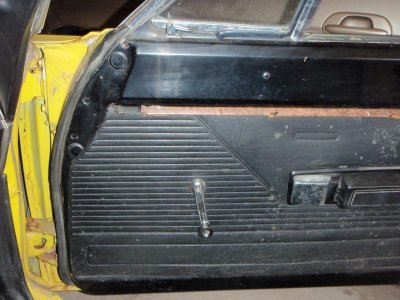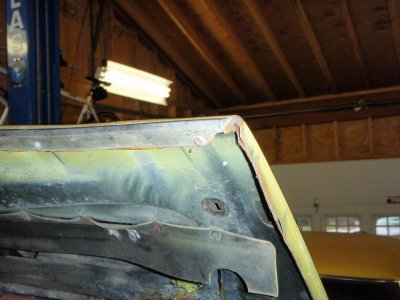As I am trying to research and plan the bodywork restoration of my 1970 Road Runner, one element bugs me:
With the cost of doing this, I obviously want to do it RIGHT. Cutting out and replacing major rust is one thing, but how do you deal with minor rust in seams? I'm not talking about any seams that are rusted out and no longer solid, but rather seams that are really still OK, but perhaps just have the beginning of some tin worm action.
Is dipping a good thing to fix that? Pouring in some kind of penetrating rust converter/sealer? Other? Any thoughts on the best way to fix this?
See below for a couple examples.
Example of door seam - left side of picture

Example of hood seam

As always, I appreciate the help of all the experts on the forum!!
With the cost of doing this, I obviously want to do it RIGHT. Cutting out and replacing major rust is one thing, but how do you deal with minor rust in seams? I'm not talking about any seams that are rusted out and no longer solid, but rather seams that are really still OK, but perhaps just have the beginning of some tin worm action.
Is dipping a good thing to fix that? Pouring in some kind of penetrating rust converter/sealer? Other? Any thoughts on the best way to fix this?
See below for a couple examples.
Example of door seam - left side of picture

Example of hood seam

As always, I appreciate the help of all the experts on the forum!!
















